

Ruga
Magistra was called the main street crossing the city from North to South,
connecting the port to the southern city gate (Porta Maestra, Portone and later
Voltone). It coincides to the modern street “of the Martyrs of the 25th
of August”, preserving the original plan and wideness. Along the street the
initial urban and administrative center of the Venetian city was developed.
As one entered the city through the
impressive southern gate, he first confronted the Piazza dei Signiori, the
Square of the Lords, which extended up to the modern Square of the Kallergis
Familly, surrounded by the most important public buildings, according to the
archetype of the Piazza di San Marco in Venice; i.e. the Palace of the Duke,
the ducal church of St. Marc, the Palace of the General Curator (Proveditore
Generale), the Palace of the General of the Army (Capitan Grande) and the Club
of the Noblemen.
To the West, the central square
communicated to a secondary square, which was opened between the Ducal Palace
to the North and the Warehouse of the Cereals to the South, after which it was
named Piazza delle Biade (Square of the Cereals). Actually it is called
Eleutherios Venizelos Square. In its center it is preserved the luxurious
fountain constructed by the General Curator Francesco Morosini in 1628.
The most important building of
administrative purpose, the Palace of the Duce, which occupied the whole block
to the West of the Square of the Lords and to the North of the Square of the
Cereals is not preserved.
At the eastern side of the Piazza
dei Signiori is still standing the three-aisled basilica dedicated to St. Marc
which covered the religious nees of the Duke and the Venetian dignitaries.
In the NE corner of the same square
was built between 1626 and 1628 the forth in row building of the Venetian Club
(Loggia) and the adjacent Warehouse of the Armory (Armeria), which today, fully
reconstructed, hosts the Town Hall of the modern city. To the East of the
Armeria was the Palace of the Capitan Grande and in the NW corner of the Ruga
Maistra, opposite to the Ducal Palace, was the Palace of the General Curator.
To the North of the Armeria was, as it is the case today, the church of St.
Titus, which hosted the Latin Archdiocese. To the opposite side of the main street
was the small church of St. Rocco.
Along the rest of the Ruga Maistra
towards the port were situated the luxurious mansions of the noblemen, the
wealthy citizens and the dignitaries. Of them none has survived, but the
splendid door frame of the Venetian mansion in the modern Epimenidou str, which
in the 19th c. was inhabited by a physician named Ittar. The
doorframe was transferred and embedded in the interior of the basilica of St.
Marc.
The main street ended up in front of
the gate of the Mole, which led to the NW breakwater, and which probably
existed from the middle byzantine period. To the eastern side of the street’s
end was later opened the gate that led to the western arsenal compartment.
The function of the Ruga Maistra was
considerably altered after the Fall of Candia to the Ottomans in 1669. A series
of tiny stores, usually improvised alterations of the former luxurious
mansions, minarets in the place of the tower-form belfries and buildings of
Ottoman aesthetics formed the picture of the street.
The luxurious
Venetian mansions were occupied by the Ottoman dignitaries, as the Admiral
Kaplan Mustafa Pasha, the chief of the army Ankebut Ahmed Pasha or the kâhya (commissioner)
of Köprülü Fazil Ahmed Pasha,
Ibrahim Pasha, to whom the mansions were granted according to the traveller Evliya
Celebi.
But even if some of the Venetian
mansions of the Ruga Maistra managed to survive with alterations until the
early 19th c., it is extremely doubtful that it was anything left
from the devastating impact of the two strong earthquakes, of 1810 and 1856,
that ruined almost every large public building of this street. The catastrophy
was completed in the 25th of August of 1898, day of the feast of St.
Titus. The bloody events that followed the revolt of the irregular Turkish
troops (başıbozuk)
during the passing over of the Customs to the Christian citizen of Heraklion
Stylianos Alexiou, the massacre of the Christians, the plundering and the
conflagration which destroyed all the buildings of this historical street had a
decisive impact on the course towards the independancy of the island. The
events of the 25th of August 1898, the general outcry, but perhaps
even more the killing of the 18
English guards, forced the Four
Great Powers (England, France, Italy and Russia) to recognize the island’s
autonomy, which ended the 220 years of Ottoman occupation.
Aiming to extinguish every memory of
the Ottoman past, the main street of the city, which was renamed in honor of
the Martyrs of the 25th of August, should give to the visitor coming
from the port the impression of a modern city. The fraud scenery, with the
luxurious neoclassic mansions constructed on the ashes, was accurately
described by the nomination given by the locals; “the street of delusion”.
 | 1. Heraklion, Rabdh el Khandaq, Chandax, Candia, Megalo Kastro The adventure of a city | |
|---|---|---|
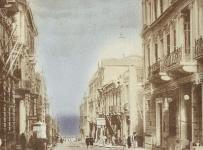 | 1.1 Candia under the Venetian occupation | |
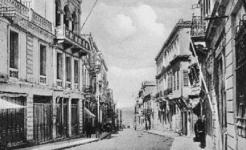 | 1.2 The public buildings | |
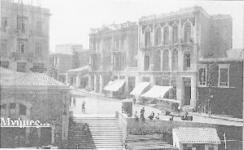 | 1.2.1 Ruga Magistra (Maistra) | |
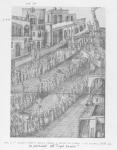 | 1.2.2 The Ducal Palace | |
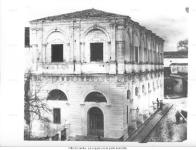 | 1.2.3 The Venetian Loggia | |
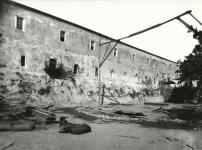 | 1.2.4 The Warehouse for the Cereals (Fondaco) | |
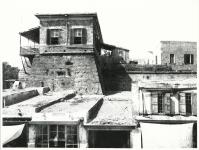 | 1.2.5 The Gate “Voltone” | |
 | 1.3 The orthodox churches | |
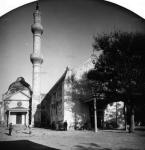 | 1.3.1 St. Catherine of Sinai | |
 | 1.3.2 Saint Anastasia | |
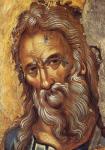 | 1.3.3 The Church of St. Mathew, dependency of Sinai | |
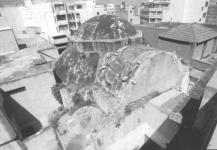 | 1.3.4 St. Onouphrios | |
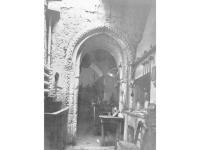 | 1.3.5 Virgin of the Angels (Santa Maria degli Angelis in Beccharia) | |
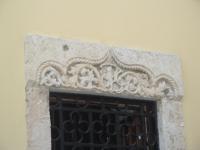 | 1.3.6 Church of the Virgin Pantanassa (southern aisle of the old Metropolis / old church of St. Menas) | |
 | 1.4 The Latin Churches | |
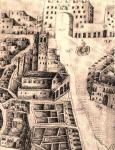 | 1.4.1 The basilica of St. Marc (ducal church) | |
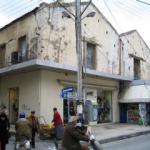 | 1.4.2 The church of Saint John the Baptist | |
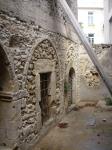 | 1.4.3 Saint Paul of the Servites (Servants of Mary) | |
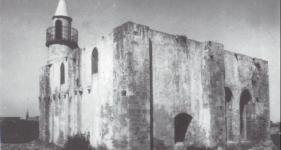 | 1.4.4 The monastery of St. Francis of the Franciscans | |
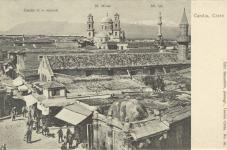 | 1.4.5 Santa Maria di Piazza (Madonina) | |
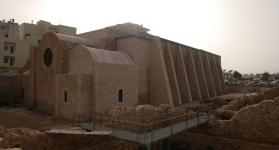 | 1.4.6 The Monastery of St. Peter of the Dominicans | |
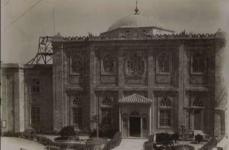 | 1.4.7 The Church of St. Titus (Latin Archdiocese) | |
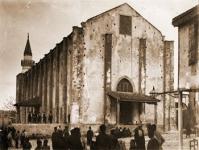 | 1.4.8 The church of San Salvatore | |
 | 1.5 The fountains and hydraulic works | |
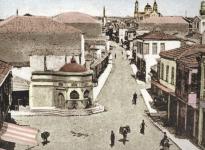 | 1.5.1 The Fountain of the Ruga Panigra (Strata Larga) | |
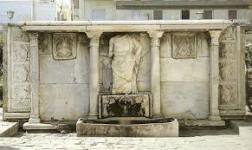 | 1.5.2 The Bembo fountain | |
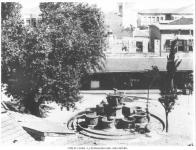 | 1.5.3 The Morozini Fountain | |
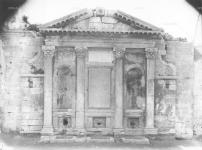 | 1.5.4 The Priuli fountain | |
 | 1.5.5 The Sagredo fountain |